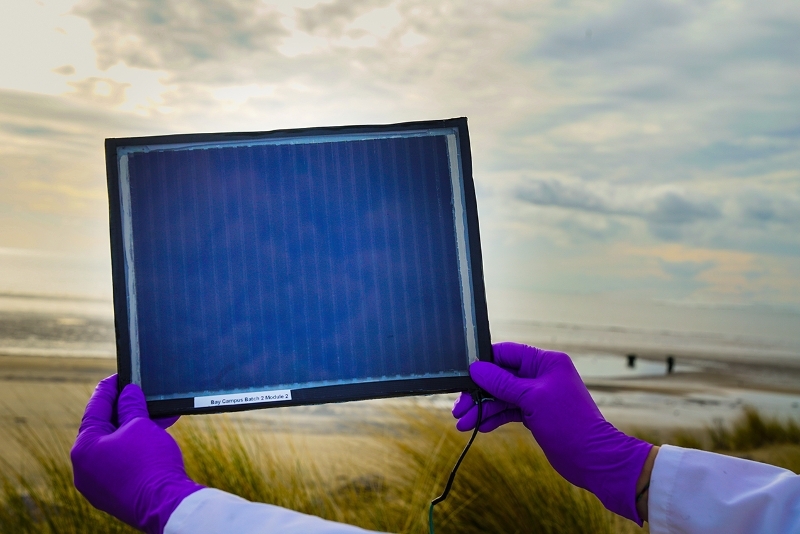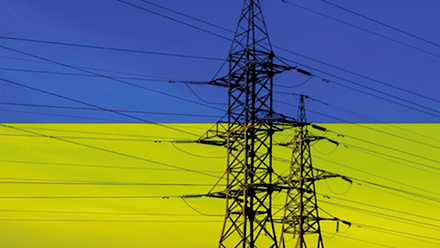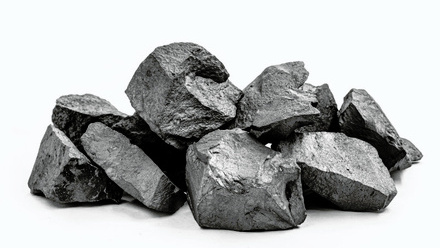Harnessing solar energy with coated steel
Integrating photovoltaics (PV) into steel roofing can create ‘active buildings’ that generate, store and release their own power, says Professor Dave Worsley FIMMM, of the University of Swansea’s College of Engineering, UK, and recipient of this year’s IOM3 Bessemer Gold Medal from the Iron and Steel Society.

His team has adopted fast and cost-effective printing methods to coat steel façades with PV, using screen-printing with a technique called slot die coating, which puts down an even thin coating onto the material.
‘What we’re essentially doing is transitioning the solar industry, as we hope to use very simple screen printing, which is often used for things like T-shirts, so that you can print devices down off the sheets of steel or glass or anything else really for that matter. And then those can be your integrated solar technology,’ says Worsley.
As part of the Sustainable Product Engineering Centre for Innovative Functional Industrial Coatings (SPECIFIC) project, stainless steel foils are used as the basis of the flexible solar cells themselves with conducting carbon, which Worsley explains is cheaper than existing alternatives.
The PVs are developed using a three-layer-coating system of different oxide materials printed onto the surface. ‘The interesting part here is that we’re using carbon as a collection electrode as well,’ Worsley explains, ‘which means it’s not graphite, graphene or anything complicated. You end up with this three-layer cell, which then you can print using a T-shirt press. You can then infiltrate your perovskite as a liquid.’
He continues, ‘Because the steel roofing with integrated PV does not weigh much more than a normal roof, you can have much more PV on a lightweight structure, and so in our buildings pretty much the whole roof is a solar cell. It’s also flexible so can be curved and because it is so robust can also be walked on.
‘[If you] compare that to some of the silicon solar cells [that are the] best in the world, and some of the more normal silicon solar cells, you can actually see that this new printed PV is quite uniquely efficient compared to the silicon material,’ Worsley notes.
The team has built integrated PV demonstrators in the UK, India and Mexico. ‘We are doing our first active classroom in a rural Indian village now – it has a PV roof and batteries and is steel based, with the structure and building being led by local teams connected to Tata,’ Worsley explains.
‘Five further demos are in the pipeline in India, and in both India and Mexico we have been working with printers (of T-shirts) to demonstrate how you can print a solar cell using their own equipment to bring power literally to the people.’







